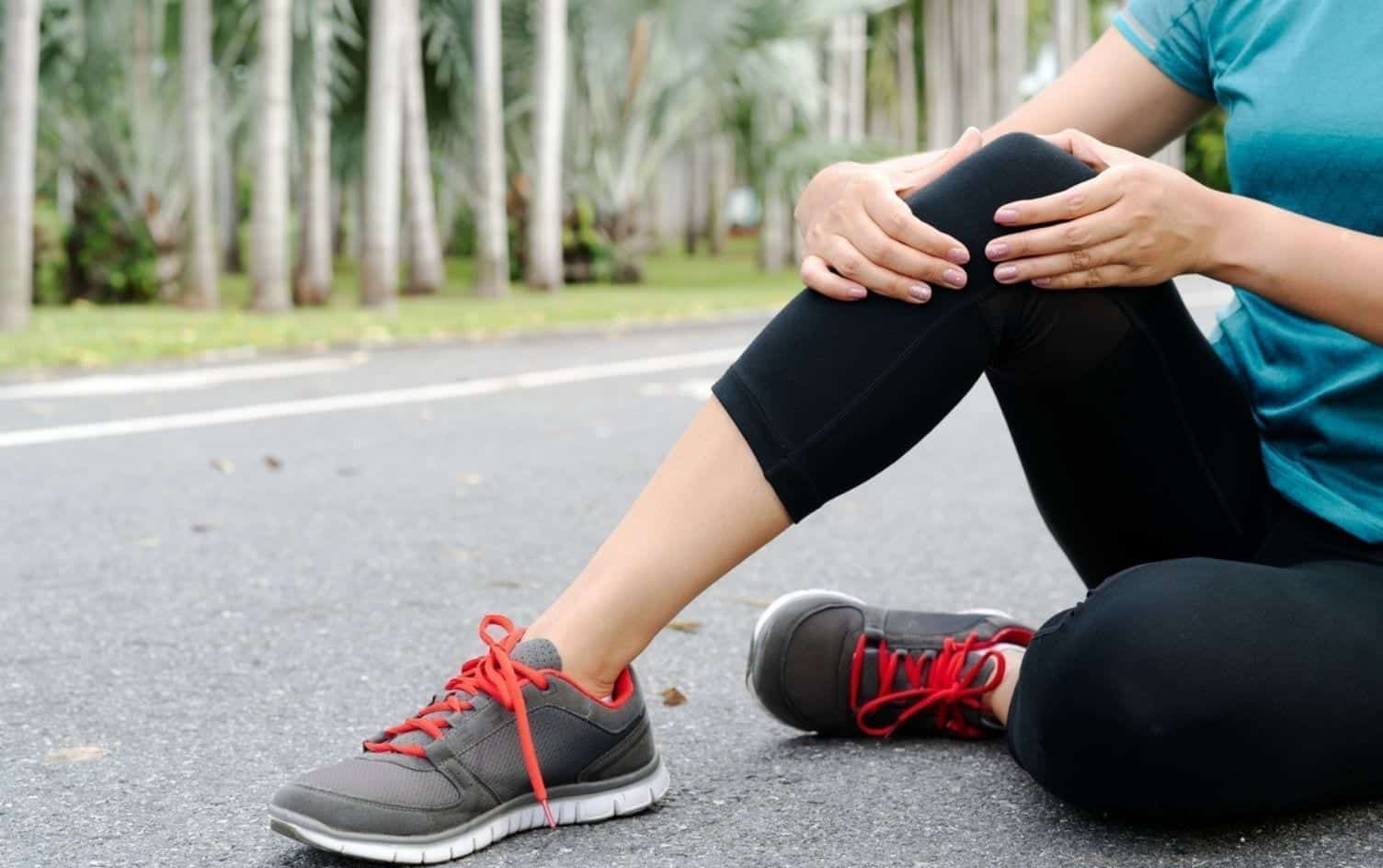A dedicated walking program can help you lose weight, build stronger muscles, and improve cardio endurance. As with any type of exercise, you might encounter certain obstacles during training. Here are 10 common walking problems and simple advice for solving them so you can keep your walking routine on track.

The fix: If you’re experiencing knee pain during or after a walk, a good place to start is with your footwear. Having a proper walking shoe that fits your foot correctly and changing it every 500–600 miles can help prevent knee pain. You’ll also want to make sure you’re not overstriding and increase your total weekly mileage by no more than 10% each week to allow your body to adapt to the activity.
Stretching post-walk can also help improve flexibility and icing sore spots can reduce inflammation. If the problem persists, it’s a good idea to speak with a medical professional.

The fix: If you don’t have enough energy to get through a walk, take a look at what you’re eating (or not) pre-workout. Opt for simple carbohydrates that can easily be digested before a workout. “For workouts less than an hour, a small snack like a banana or piece of toast would do the trick,” says Stephanie Nelson, a registered dietitian and MyFitnessPal’s in-house nutrition expert. If you’re walking for more than an hour or upping the intensity, you may need additional fuel such as a small portion of oatmeal or a smoothie. You can experiment with what works best for your body by tracking your food and noting how you feel in an app like MyFitnessPal.

The fix: Even if you only have 10 minutes, you can still get in a good workout. One easy way to increase your calorie burn, get stronger and make your walks more difficult is to hit the trails and take advantage of inclines, which work more muscle groups. You can also include short, high-intensity intervals where you pick up the pace several times during your walk. Another way to add more challenge: Include walking lunges, stepups on a park bench and other bodyweight exercises.

The fix: Walking is often underrated and can be just as good as running for heart health. It’s also easier on the joints and more accessible for people of all ages and abilities. To up your walking intensity, aim for a brisk pace or roughly 100 steps per minute.

The fix: Although less likely than other endurance sports like running or cycling, increasing your walking mileage too quickly can cause you to overtrain and lead to injury. Similarly, including too many intervals or increasing your walking speed too quickly without enough recovery time between workouts can also be problematic. If you’re feeling stiff or sore before heading out on a walk, this may be a sign you need more rest between workouts.

The fix: Side stitches are caused by a spasm of the diaphragm. This can happen during rapid breathing, so if a side stitch becomes painful, decrease your speed or stop walking to let your breathing return to normal. Increasing your pace too quickly when beginning your walk can cause side stitches, so warming up to a faster pace gradually might help prevent this. Eating and drinking a lot before your workout can also cause side stitches, so experiment with how much fluid and food you’re consuming prior to your walk.

The fix: Soreness is normal, although if it prevents you from working out, you may need to add more recovery time. As long as your soreness goes away after a day or two, there shouldn’t be much to worry about. Icing post-exercise, stretching, and taking a day or two off until your soreness subsides is the recommended advice for most. If your soreness is only after long or intense workouts, an easy, short recovery walk the following day can help get the blood flowing and ease some of the soreness.

The fix: How much water you need to drink during a workout is individual and can depend on factors like how hot and humid it is that day, how much you weigh and your personal sweat rate. One way you can determine if you’re drinking enough water and how much you need to drink afterward is to weigh yourself before and after your walk. For every pound of weight you lose, you’ll need to drink about 16 ounces of water to replenish what you’ve lost. A few pounds of weight loss is normal for long or intense workouts, but if you’re losing more than this, you may need to increase your intake during exercise. If you notice a lot of salt residue on your face or body following a walk, you may need to replace the sodium you’re losing as well. In this case (or for walks longer than an hour), you should consider a sports drink to rehydrate.

The fix: Try switching things up with different routes and terrains; if that isn’t an option because of time constraints, try walking with a partner or joining a walking club. Another option is to listen to music, an audiobook or a podcast to keep you busy mentally.

In the summer, walking in the early morning or late evening may help you combat hot weather. If your body isn’t reacting well to the temps, try taking shorter walks throughout the day. Similarly, if it’s too hot or cold out (or there’s inclement weather), the treadmill or walking indoors are go-to options as well. At-home walking workouts are also helpful.
Make progress every day while you work on fitness and nutrition goals, like walking more steps. Go to “Plans” in the MyFitnessPal app for daily coaching and easy-to-follow tasks to keep you motivated.




